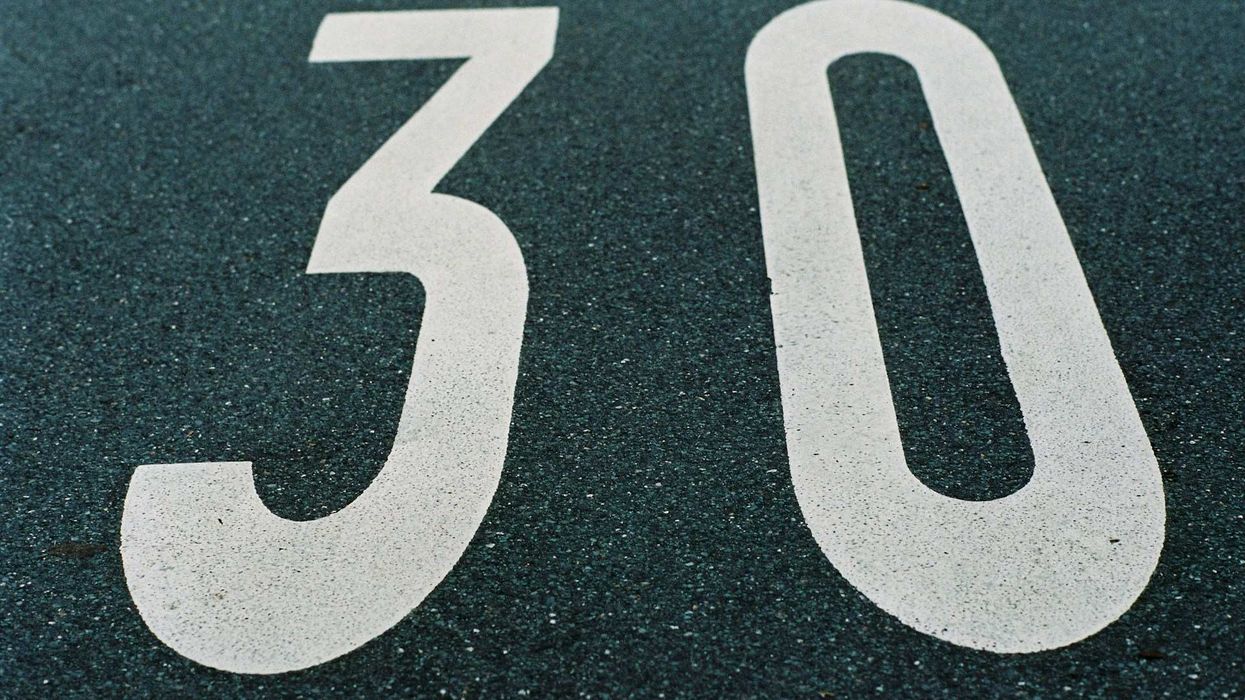March 20, 2018, is the first day of spring in the northern hemisphere, aka the vernal equinox. An old wives' tale states that you can balance an egg or a broom on its end during this time. Is this true or is it a hoax?
In 2018, the spring equinox occurs at 12:15 p.m. EDT in the northern hemisphere. During this time, the sun will move directly over the earth's equator and signal the first day of the astronomical spring, versus the meteorological spring. These are the two ways to measure the seasons: the astronomical way reflects natural phenomena to mark time, while the meteorological way is based on the annual temperature cycle as well as our 12-month calendar.
The meteorological spring begins on March 1, and the meteorological spring always occurs during the vernal equinox, which occurs on March 19, 20, or 21 every year, writes DateAndTime.com. The spring equinox is one of the four seasonal astronomical events that affect the earth. The others include the summer solstice, the autumnal equinox, and the winter solstice.
An equinox is very different than a solstice. "Equinox” is derived from Latin and means “equal night.” "Solstice" is also derived from Latin and means "sun stopped," reflecting how the sun reaches its highest position in the sky. Another old wives' tale states that you can balance an egg or a broom on its end during a solstice, too.
Egg Balancing on the Equinox: True or False?
You can balance an egg or a broom on its end on not only an equinox and a solstice, but also any other day of the year. Nothing about astronomical events impacts one's ability to do so, according to Snopes.
The below video shows an egg being balanced on its end during a non-astrological event:
Eggs are a common theme for spring and are celebrated with the season in a multitude of cultures. One particular practice most people are familiar with this time of year is dyeing eggs. This tradition may have originated in Iran with Nowruz, the Persian New Year. Nowruz was originally a Zoroastrian holiday before Iran was Islamicized. It is still celebrated in the country and has been celebrated for at least 3,000 years.















 breast cancer GIF by Baptist Health South Florida
breast cancer GIF by Baptist Health South Florida  Teddy Bear Doctor GIF
Teddy Bear Doctor GIF  feeling neck skin GIF
feeling neck skin GIF  praying GIF
praying GIF 
 Snail Ugh GIF by Sticker Book iOS GIFs
Snail Ugh GIF by Sticker Book iOS GIFs  Serious
Serious  Home Alone Reaction GIF by 20th Century Fox Home Entertainment
Home Alone Reaction GIF by 20th Century Fox Home Entertainment  Cat Working GIF
Cat Working GIF